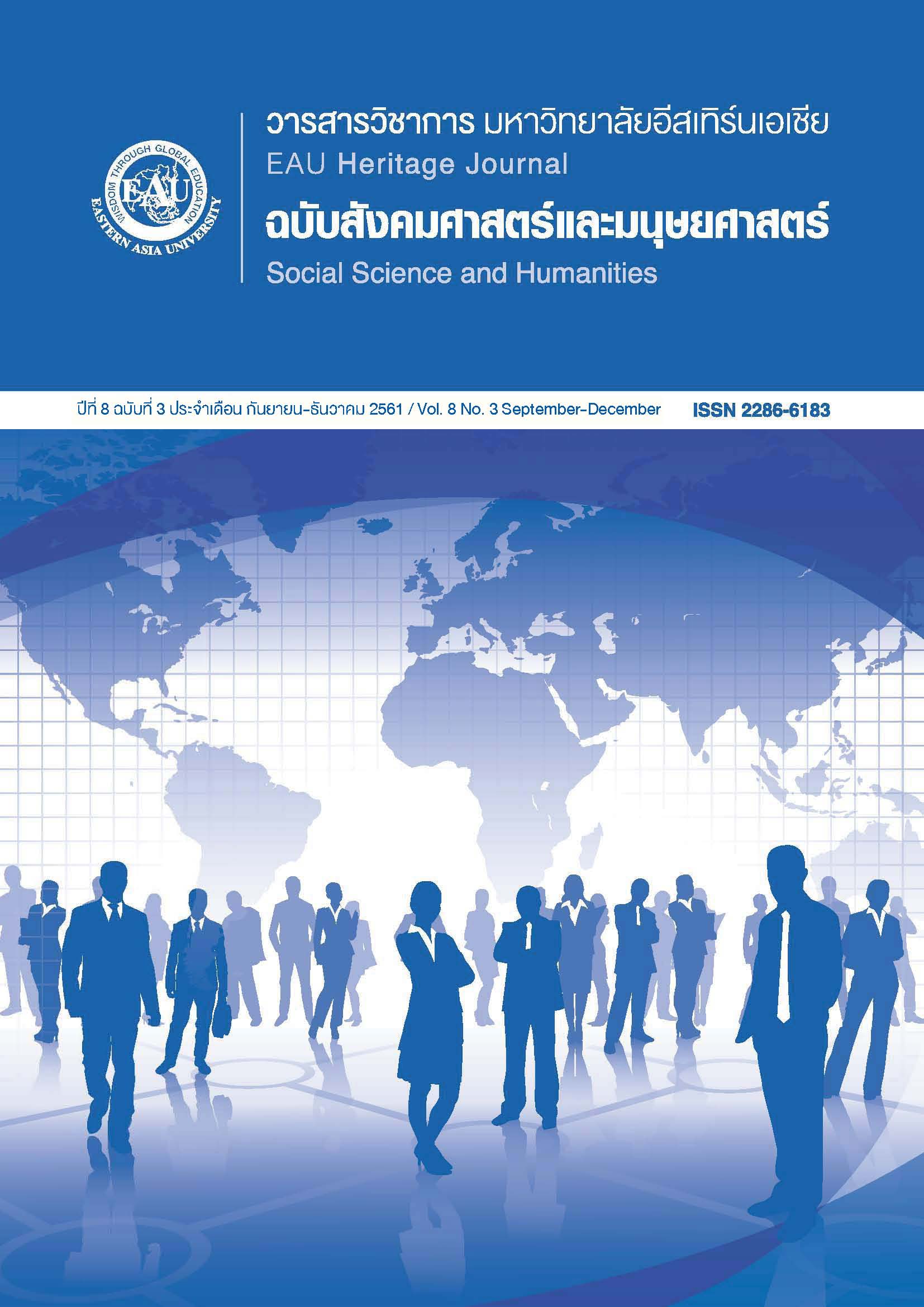พฤติกรรมการประหยัดของนักเรียนระดับประถมศึกษาปีที่ 6 สังกัดสำนักงานเขตพื้นที่การศึกษาประถมศึกษาสมุทรสาคร
Keywords:
พฤติกรรมการประหยัด, ลักษณะมุ่งอนาคต, การส่งเสริมพฤติกรรมการประหยัดจากครอบครัว, การส่งเสริมพฤติกรรมการประหยัดจากโรงเรียน, การเลียนแบบพฤติกรรมการประหยัดจากเพื่อนAbstract
The purpose of this research was as follows: 1) to study levels of saving (monetary) behaviors, promoting saving behaviors at school, learning of saving behaviors from family, promoting future oriented saving behavior, and observing the example of saving behaviors from friends in grade six 2) to compare saving behavior of the grade six students among gender, life style, and expenses that students incur each day. In addition, the occupation of parents and the school location was compared. 3) to examine the promotion of saving behaviors learned at school, promotion of saving behaviors from family. the future oriented outlook among students, and observing the examples of saving behaviors from friends as the predictors of the totality of grade six students’ saving behavior. The sample size was 369 grade six students and the results were derived by multi - stage sampling. The instrument used to collect data were questionnaires constructed by the researcher. Data were analyzed for percentage, mean, standard deviation, t – test, one - way ANOWA and the stepwise multiple regression analysis. The results found that: 1) The grade six students’ saving behaviors were at the highest level, promotion of saving behaviors from school, promotion of saving behaviors from family. future oriented outlook, the observation example of saving behaviors from friends were at the highest level. 2) The grade six students’ saving behaviors as classified by gender, life style, costs that students incur each day, the occupation of parents, and school location were not significantly statistically different. 3) Promotion saving behaviors from school, promotion of saving behaviors from family, future oriented outlook, observing the example saving behaviors from friends was found to be at the percentage of 59.70, with a statistically significant level of .001.





